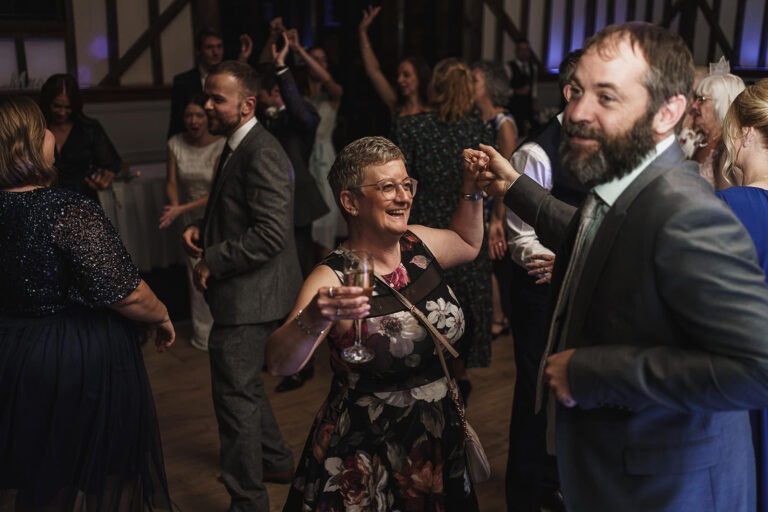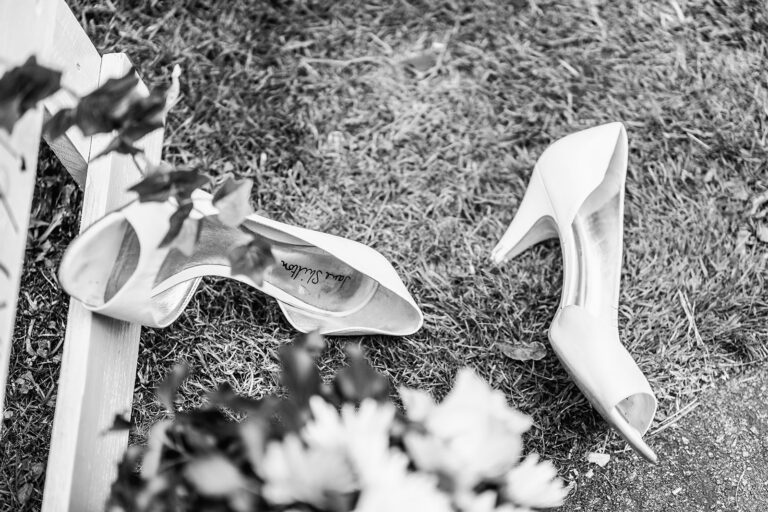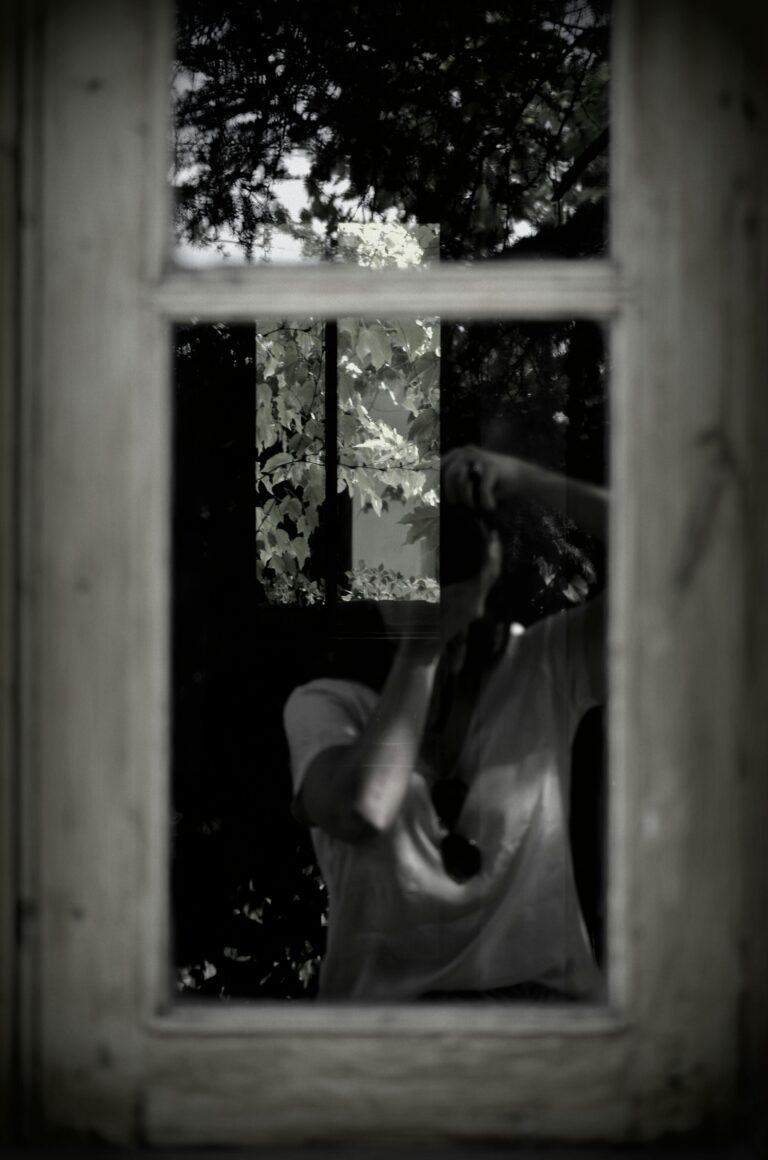The debate over the relevance of film photography has been ongoing for years. In the age of digital dominance, instant sharing, and AI-assisted editing, one might assume that analogue photography has long since faded into obscurity. Yet, here we are in 2025, and film photography is still alive. Some claim it’s thriving, driven by nostalgia and artistic passion. Others believe it’s a dying medium, kept afloat by a niche group of enthusiasts. So, what’s the truth? Is film photography experiencing a genuine resurgence, or is it merely a fleeting trend?
The Enduring Appeal of Film
Despite the convenience and technological advancements of digital photography, film continues to hold a special place in the hearts of many photographers. The tactile nature of film, the anticipation of waiting for developed photos, and the distinct aesthetic of analogue images are all part of its appeal. Unlike digital photography, where images can be instantly reviewed and deleted, film forces photographers to slow down, think critically about composition, and embrace imperfections.
The unique colour tones, grain, and depth of film create a look that digital photography often struggles to replicate authentically. While digital filters attempt to mimic the characteristics of classic film stocks, purists argue that nothing quite compares to the real thing. The resurgence of film simulations in modern mirrorless cameras, such as Fujifilm’s popular film simulation modes, demonstrates just how desirable this aesthetic remains.
The Role of Social Media and Influencers
Surprisingly, social media—often blamed for the rise of digital and AI-generated content—has played a crucial role in reviving interest in film photography. Platforms like Instagram, TikTok, and YouTube are filled with content creators showcasing their film work, sharing tips on shooting with vintage cameras, and even documenting their experiences developing film at home. The hashtag #FilmIsNotDead continues to trend, proving that a passionate community still exists.
Additionally, celebrities and high-profile influencers have contributed to the resurgence by opting for film cameras over digital alternatives. Photographers working with stars often highlight the authenticity and charm of film, leading to increased mainstream appeal. As a result, younger generations—who grew up with digital—are now exploring film for the first time, drawn by its perceived authenticity and artistic depth.
The Challenges of Keeping Film Alive
While the resurgence of film photography is undeniable, challenges remain. The cost of film, processing, and scanning has risen significantly in recent years, making it a more expensive hobby than digital photography. Major film manufacturers like Kodak and Ilford have increased prices due to rising production costs and supply chain challenges. Additionally, fewer labs are available for processing film, meaning photographers often have to send rolls away or develop them at home, which adds to the effort required.
The availability of cameras is another issue. Many of the film cameras in use today are decades old, and while some brands have reintroduced film models, the market remains limited. Repairs and maintenance are becoming more difficult, as replacement parts for older cameras become scarce. While some companies, such as Leica, continue to produce high-end film cameras, they are often prohibitively expensive for beginners.
Film in Commercial and Fine Art Photography
Despite its niche appeal, film photography has maintained a strong presence in commercial and fine art circles. Many professional photographers still use film for editorial shoots, fashion photography, and wedding photography due to its timeless look and organic imperfections. The unpredictability of film, with its light leaks, grain, and soft tones, is often seen as an asset rather than a flaw, providing images with a character that digital photography sometimes lacks.
In the fine art world, film remains a medium of choice for many photographers who value its tangible nature. Large-format film photography, in particular, continues to be celebrated for its ability to produce incredibly detailed and dynamic images that digital sensors struggle to replicate. Galleries and collectors still recognise the craftsmanship involved in shooting, developing, and printing film-based works.
The DIY and Experimental Film Movement
Another factor keeping film alive is the DIY and experimental photography movement. Many photographers are embracing alternative processes such as cyanotype printing, tintypes, and hand-developed film with homemade chemicals. Others experiment with expired film, toy cameras, and unconventional development techniques to produce unpredictable and often stunning results.
The resurgence of instant film, thanks to brands like Polaroid and Fujifilm Instax, has also played a role in sustaining interest in analogue photography. Instant photography bridges the gap between the physical and digital worlds, offering a tangible image with the immediacy that modern users expect. Artists and photographers alike continue to push the boundaries of film, finding new ways to integrate old techniques with contemporary styles.
The Future of Film Photography
So, is film photography thriving or dying? The reality lies somewhere in between. While film photography will likely never regain the mass-market dominance it once had, it has proven resilient. The dedicated community of film photographers, artists, and hobbyists ensures that it won’t disappear entirely. Advances in hybrid workflows—where film negatives are scanned and edited digitally—offer a way for film to coexist with modern photography practices.
Manufacturers are responding to the demand, albeit slowly. Companies like Kodak have reintroduced discontinued film stocks, and smaller brands are entering the market with new experimental films. As long as there is a demand, production will continue, though at a premium price.
Ultimately, film photography in 2025 is neither fully revived nor on the verge of extinction. It exists in a unique space—part nostalgia, part artistic movement, and part rebellion against the digital age. For those who appreciate its unique qualities, film remains an irreplaceable medium, offering something digital simply cannot. Whether it’s a passing trend or a lasting niche, one thing is certain: film photography is not dead, and it likely never will be.
Keywords for SEO:
- Film photography in 2025
- Is film photography dead?
- Analogue photography vs digital
- Film photography resurgence
- Why shoot film in 2025?
- Best film cameras in 2025
- Kodak film photography revival
- Is film photography making a comeback?
- Shooting on film vs digital
- 35mm film photography 2025
- Medium format film cameras
- Film vs digital photography debate
- Where to develop film in 2025
- Best film stocks for photography
- Why photographers still use film
- Future of film photography
- Is analogue photography still relevant?
- Film photography trends
- Experimental film photography
- Polaroid and instant film in 2025





